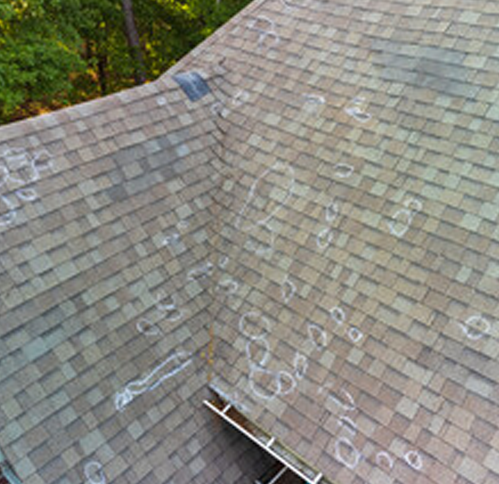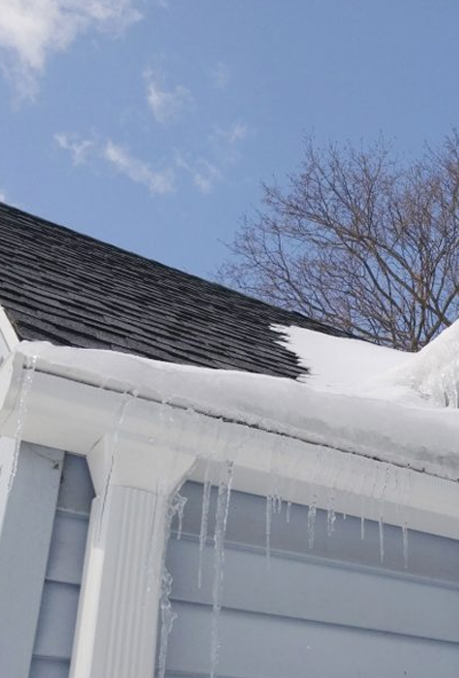- (763) 389-0289 /
- Glennroofing@yahoo.com /
- 12833 305th Avenue, Princeton, Mn 55371
- License: #BC578115
- (763) 389-0289
- Glennroofing@yahoo.com
- 12833 305th Avenue, Princeton, Mn 55371
- License: #BC578115
ARTICLES &
RESOURCES
THE CLAIM PROCESS

HAIL DAMAGE


Ice Dams
An advanced home energy assessment, or audit, is your first step to preventing ice dams and making your home more energy efficient. The assessment will use equipment such as an infrared camera to find attic air leaks and how to seal them. A home energy audit can be arranged through your local utility, a nonprofit energy group or an HVAC professional. Once problem areas are detected, get bids from at least two licensed contractors to have the work done. For more information on preventing ice dams, sealing air leaks and adding insulation, check out the Commerce Department’s Home Energy Guide (mn.gov/commerce/home-energy).
Information provided by The Minnesota Department of Commerce at: mn.gov/commerce/energy/conserving-energy/energy-tips/?id=17-373292
